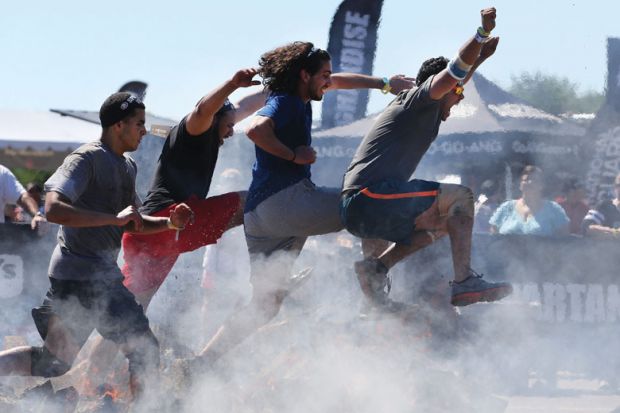The US’ historically black colleges and universities (HBCUs) are on a run of rising public support, private investment and student interest, and see signs of it becoming a long-term shift in their favour.
Their advances in recent months include several billion dollars in new federal aid, tens of millions of dollars in private donations and a series of campuses with record application rates.
HBCUs also are getting help to rise in research rankings, bolster their production of black doctors and even revive interest in their sports programmes.
The number of positive developments, advocates said, clearly traced to two major events in the past year: the coronavirus pandemic and the focus on racial inequality personified by the George Floyd killing.
HBCUs and their allies are now making plans to ensure that the shift endures, seeing their sudden spotlight as a moment to argue that black-majority universities are the nation’s most effective tool for reversing centuries of slavery and racial discrimination.
“We intend to make good on all the preparation that we’ve been doing for years,” said Lodriguez Murray, the head of public policy and government affairs at the United Negro College Fund.
“The product is good,” Mr Murray said of the nation’s 105 HBCUs. “And if companies and individuals are serious about diversity, then we’re one of the few options that you have for investment.”
That logic appears to be playing out so far on a large scale. In three nationwide Covid relief packages approved by Congress over the past year totalling $6 trillion (£4.2 trillion), HBCUs and other minority-serving institutions have been allocated more than $7 billion. On the state level, Maryland lawmakers accepted a settlement of half a billion dollars with HBCUs in their states over past economic mistreatment, and those in Tennessee may soon do the same.
Major private donors in the past year are led by MacKenzie Scott, with $500 million in gifts to HBCUs, largely in chunks of tens of millions of dollars apiece; and Michael Bloomberg, with $100 million for four historically black medical schools.
Then there is the student interest. Several HBCUs reported sharp jumps and record rates of applications for this autumn as compared with 2019 (rather than 2020, when enrolments nationwide fell because of the Covid pandemic). They include Spelman College, North Carolina Agricultural and Technical State University and Morgan State University, which reported 14,600 undergraduate applications, up nearly 60 per cent from 2019.
And in the high-profile world of college athletics, there is a movement among an elite cohort of top high school recruits to choose HBCUs over the showcase of an established sports powerhouse.
The long-term implications of all that positive news nevertheless remain unclear, and large enrolment gains have not been widespread across all HBCUs.
Still, the main HBCU lobbying group, the National Association for Equal Opportunity in Higher Education (Nafeo), shared Mr Murray’s optimism that its member institutions were seeing a long-term change in fortune.
Without strong HBCUs, Nafeo’s president, Lezli Baskerville, told a gathering of lawmakers on Capitol Hill, the US simply could not reach its various goals in economic growth, education, healthcare, equal justice and environmental sustainability.
“Members of the United States Congress may not agree on many things,” Ms Baskerville said. “But Democrats and Republicans understand the centrality of HBCUs for the progress of today and tomorrow.”




